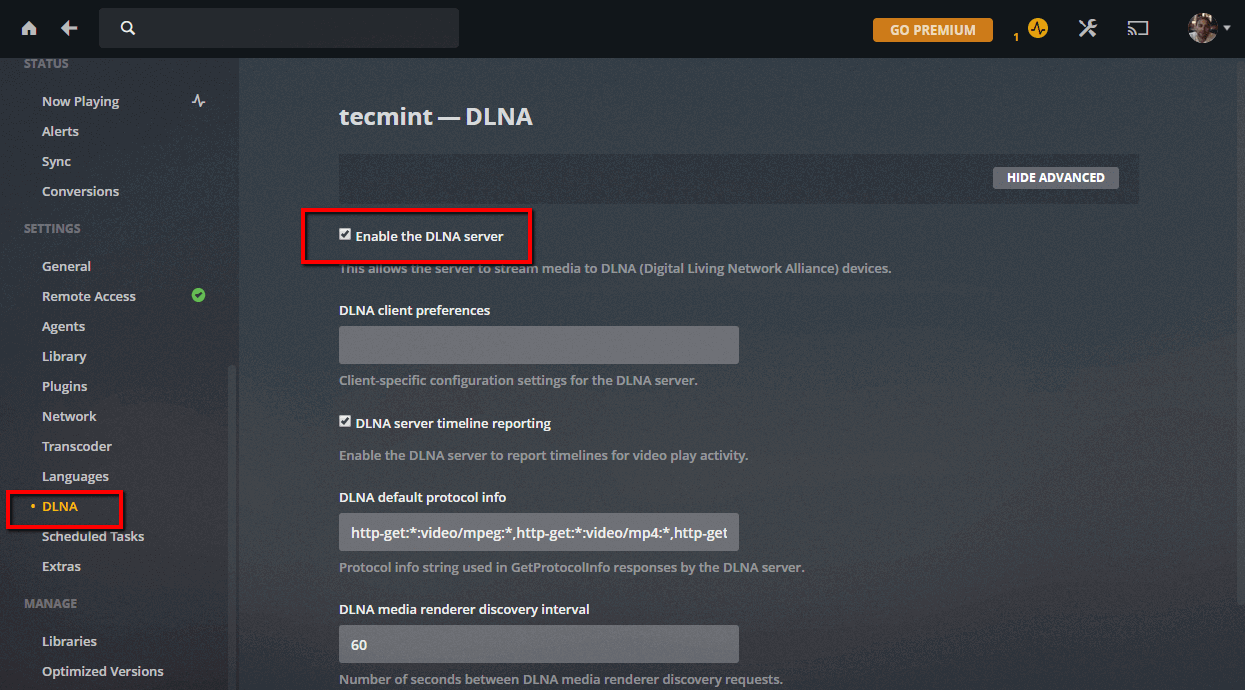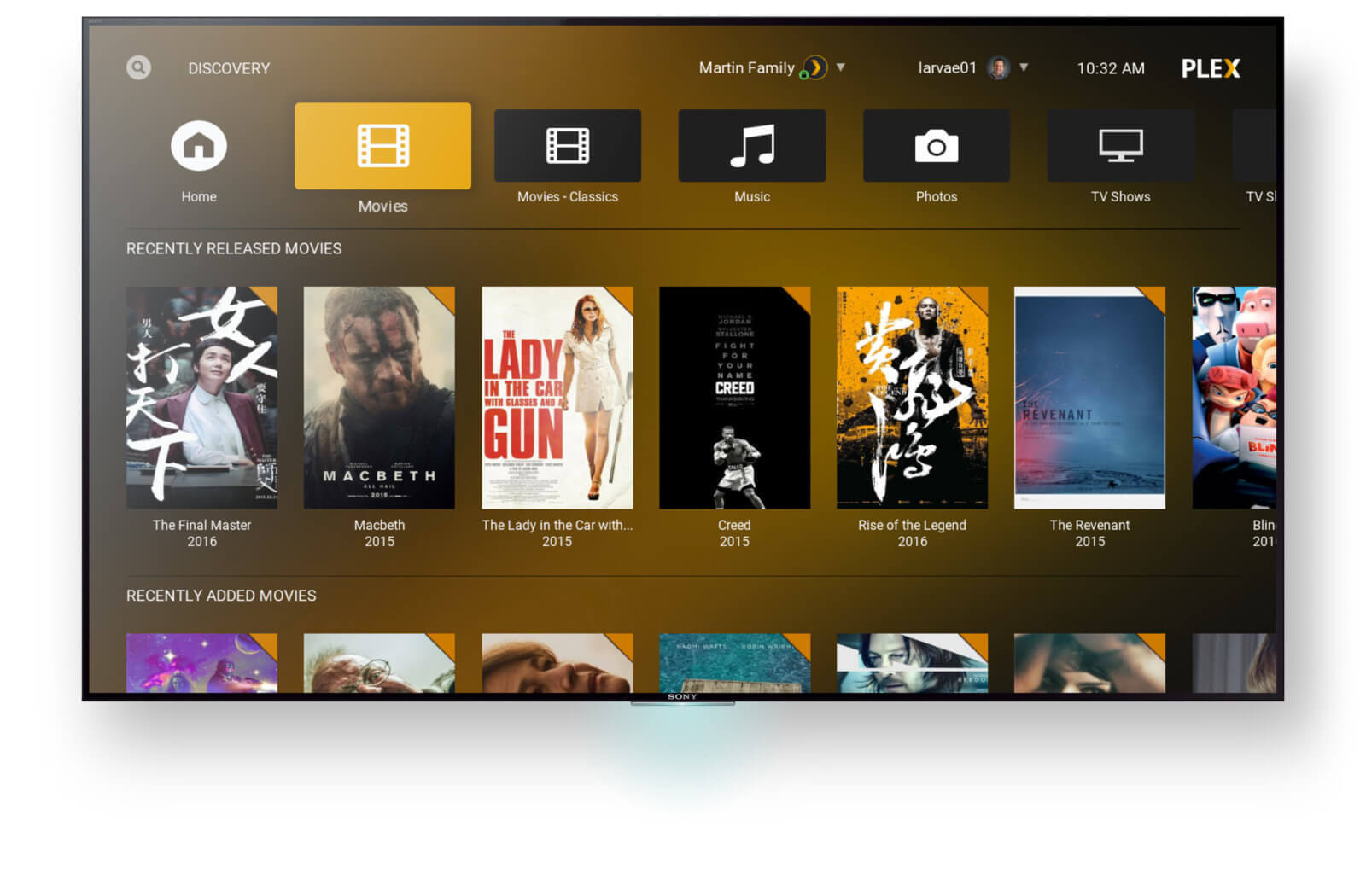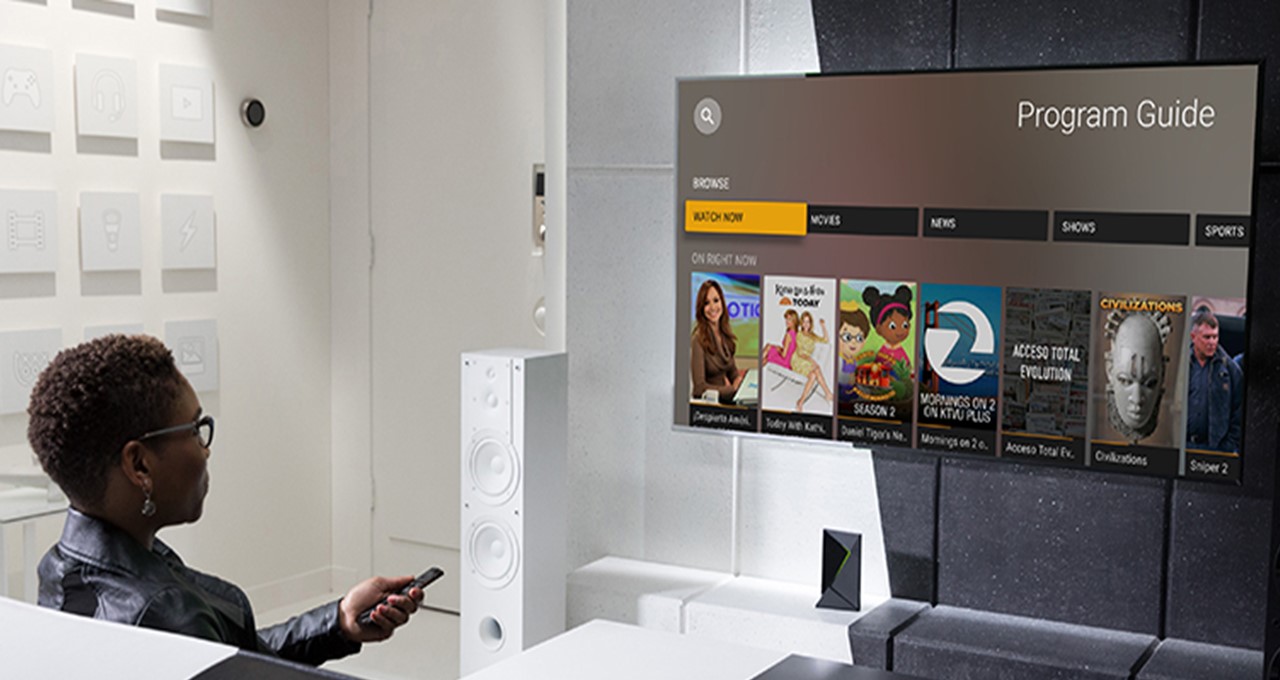
The average 1080p movie takes up between 5 – 8 GB, which means you can only store a couple movies on your Shield TV at a time. The 2019 base model NVIDIA Shield TV has an even more stingy 8 GB storage space. In fact, unless you’re still using an original 2015 NVIDIA Shield Pro, you’ve only got 16 GB of storage space at most.

But the Raspberry Pi 4’s 1,657 score means that your streaming experience will stutter and buckle if more than one person needs transcoding.The biggest problem with the NVIDIA Shield is you never have enough internal storage space. Mobile or low-powered processors will work fine for a local Plex setup, but you’ll need a desktop-grade processor if your Plex server will have remote users.įor example, the Intel Core i5-12600K has a PassMark score of 24,254, so it’ll comfortably support around 12 viewers watching transcoded 1080p content. In plain English, what all this means is that you’ll want a processor that can support the number of remote users you’ll have on the server. (And we haven’t even gotten to hardware acceleration, which can improve transcoding performance for Plex Pass subscribers, but that’s another article for another day-learning about video encoding is a real “crossing the Rubicon” moment.) One 4K SDR transcode: 12,000 PassMark score.One 1080p transcode: 2,000 PassMark score.


In the most layman of layman’s terms, transcoding refers to when Plex has to convert a video to play on a new streaming device.


 0 kommentar(er)
0 kommentar(er)
